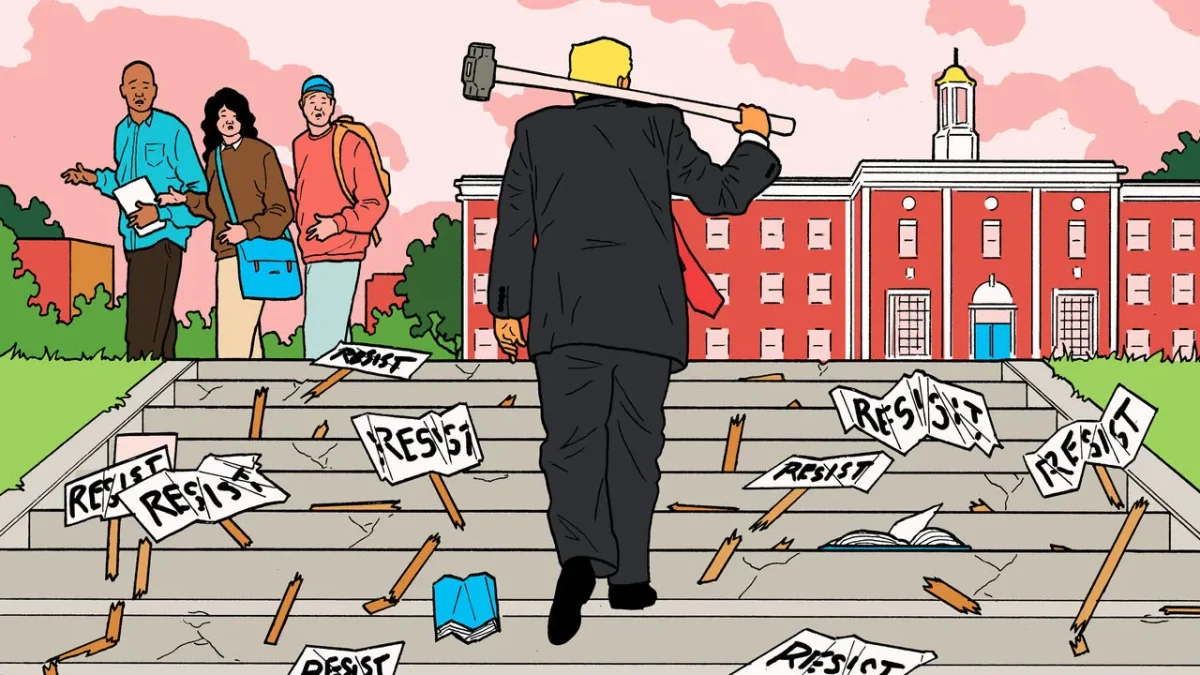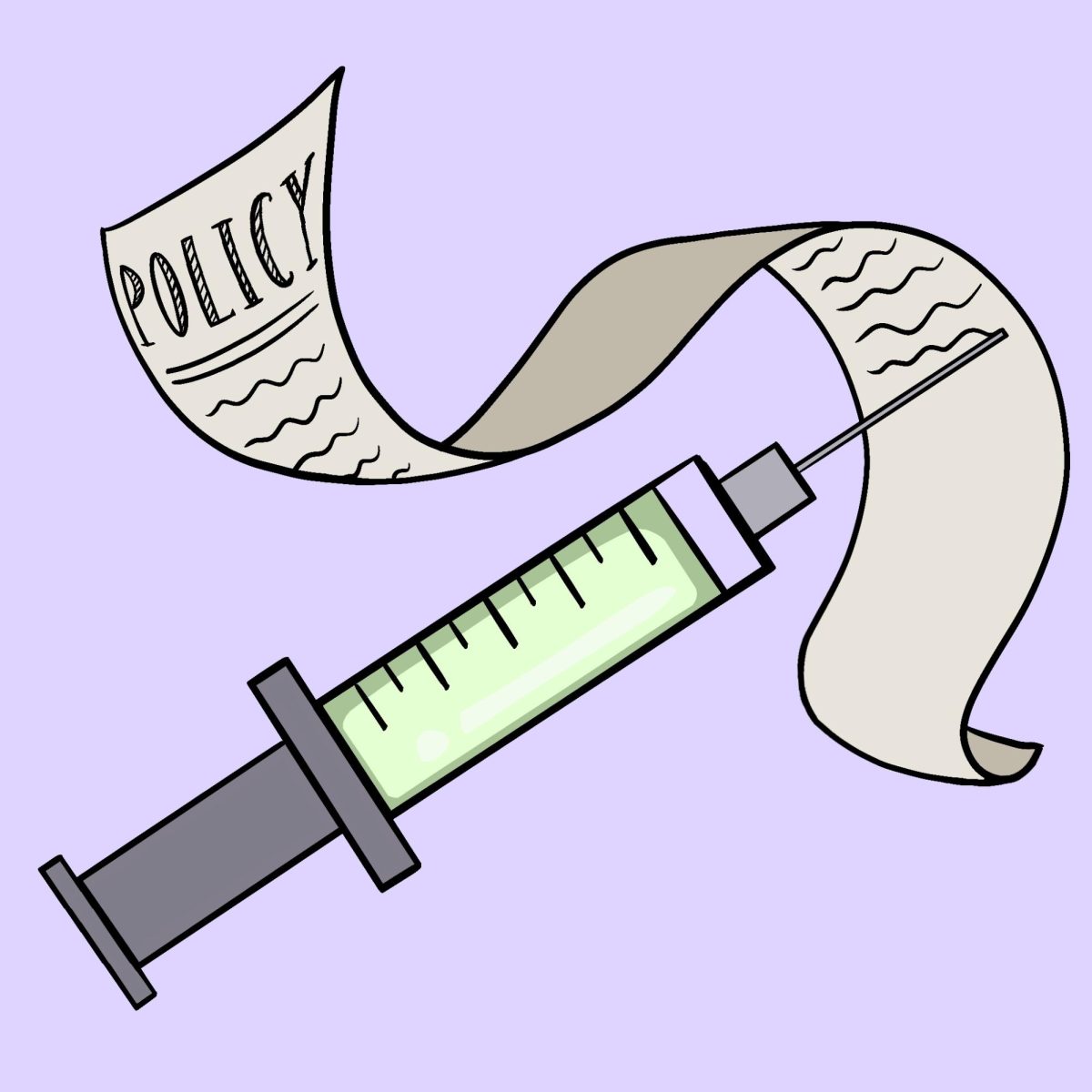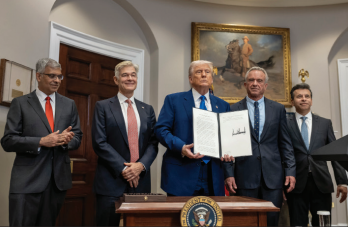Since taking office on January 20th, Donald Trump has issued a flurry of executive orders aimed at reversing his predecessor’s policies and fulfilling campaign promises. One key promise—“Drill, Baby, Drill”—focuses on expanding domestic oil and gas production, including fracking. Trump pledges to increase drilling operations on public lands and offer tax incentives to fossil fuel producers in a bid to reduce energy costs for Americans. While critics warn of environmental and public health risks, supporters argue that these policies will drive down prices, counter China’s influence, and challenge excessive regulations.
Trump’s actions sharply contrast those of former president Biden. On his first day in office, Trump declared a national energy emergency, justifying executive orders that rolled back climate-focused policies. The revoked orders included rejoining the Paris Agreement, blocking the Keystone Pipeline, and expanding environmental regulations. Critics, such as Manish Bapna of the Natural Resources Defense Council (NRDC), warn that “If the administration’s actions prevail, the result would be more emergency room visits, lost days at work, and premature death…More habitat destroyed and wildlife gone.”
Trump’s cabinet choices further signal his energy priorities. Christ Wright, the current CEO of America’s second-largest fracking company, was appointed energy secretary in a 59-39 senate vote with 8 Democrats voting in favor. Many are pointing to a potential conflict of interest in this case. Lee Zeldin was sworn in as the administrator of the Environmental Protection Agency (EPA), and one of the agency’s first actions under Zeldin’s direction was to halt all lawsuits and potentially change the agency’s stance on those issues. Additionally, the EPA is slated to cut over 1,000 employees, particularly those working on climate change, air pollution, and environmental regulation programs.
Supporters, including the Heritage Foundation, argue in favor of Trump’s new policies, concurring with his assessment of a national energy emergency. Additionally, the EPA slated to cut over 1,000 employees. The supporters point to Europe, where climate policies have been said to hurt manufacturing sectors. For example, Germany used to be renowned for its industry but has been experiencing a downtick in production for the past four years. Supporters also argue that policies that encourage or enforce electric vehicle (EV) quotas actually increase Chinese influence as they can produce the vehicles at a lower cost than American companies.
Thus far, President Trump’s early actions in his second term indicate a clear shift in how the United States views environmental regulations and prioritizes traditional energy sources. The policies put forth already and those to be brought up in the future are sparking a discussion on how we balance economic growth and energy independence against climate change mitigation and environmental regulation. As Trump’s orders become actualized, their long-term global impacts will remain a contentious area of focus.
This article also appears in our February 2025 print edition.




















